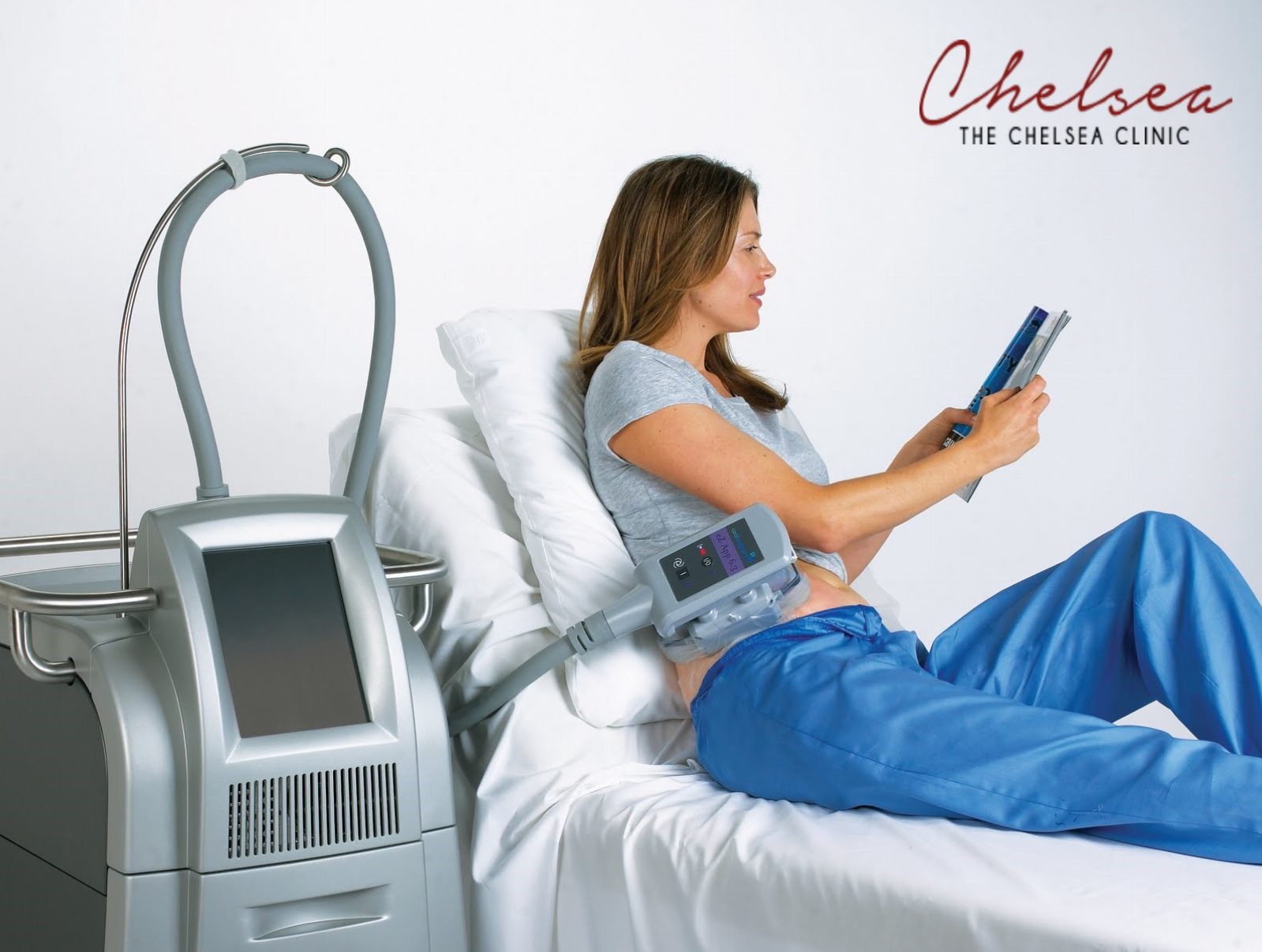Coolsculpting (Fat Reduction Technique) is a body sculpting treatment which is approved by the United States Food and Drug Administration (FDA). CoolSculpting is a suitable alternative for individuals who are interested in with reducing fat but do not wish to undergo invasive fat removal surgery.
The fat cells undergo a process known as Cryolipolysis, which is the elimination of fat cells through freezing. This helps destroy excess fat cells underneath the target area. It is a non-invasive, no-downtime treatment that employs Cryolipolysis or freezing to remove fat on the double chin and body. Medical research has also found that CoolSculpting reduces the treated fat layer by as much as 25 percent. It also delivers effective long-lasting results based on its ability to destroy existing fat cells.
How It Works:
The CoolSculpting technique works by placing a treatment area into panels that cool the fat to freezing temperature. It uses Cryolipolysis to destroy unnecessary fat cells by freezing them. The destroyed fat is then naturally eliminated from the body.
Areas That Can be Treated With Coolsculpting:
CoolSculpting is declared by the FDA to safely and effectively remove fat from different parts of the body and face.
- Abdomen
- Inner and Outer Thighs
- Bra Fat
- Flank/Love Handles
- Arms
- Banana Rolls (fat under the buttocks)
- Back
CoolSculpting applicators come in different sizes, allowing our doctor to treat problem areas with stubborn fat, even hard-to-reach areas.
CoolAdvantage Petite:
The CoolAdvantage Petite was created to address the unique shape of the upper arm, which has been one of the tricky areas for fat reduction.
CoolMini:
CoolMini is designed to treat small pockets of fat, including submental fat or the chin area. This area is commonly referred to as double chin. In addition, due to the smaller applicator head, it can also be used to target stubborn knee fat and underarm bra fat.
CoolAdvantage and CoolAdvantage Plus increase patient comfort, treats targeted area, and decreases the treatment time in half.
Effectiveness:
The treatment eliminates 20 to 25% of the fat cells in the targeted area each time. Since our body cannot produce new fat cells after the age of five, fat cells that die after fat freezes are naturally eliminated from the body. Localised toning exercises like sit-ups are not very effective for body fat in one certain area and results also take a long period to show.
The result of CoolSculpting treatment tends to gradually show after three months.
Who Should Avoid:
The CoolSculpting treatment is not suitable for anyone. You should not be undergoing CoolSculpting if you have cryoglobulinemia, cold agglutinin disease, or paroxysmal cold hemoglobinuria. Consult with your doctor to know if CoolSculpting is good for you.
How Much It Cost:
The price of CoolSculpting treatments differ based on the area being treated and, according to the result you want, which then determines the number of cycles/applicators required. It is recommended that you schedule an appointment with a doctor, who will perform a body analysis before coming up with a treatment plan customized for your needs.
Price is based on the number of cycles needed—the smaller the treatment area, the lesser the number of cycles needed. Treating multiple areas also increases the cost. Other things that contribute to the total cost of the CoolSculpting treatment include where you live, the clinic, and any additional cycles you may need.
The cost of Coolsculpting is $399 net per cycle. The number of cycles needed is dependent on the size of the treatment area.
Last Thoughts:
CoolSculpting is a process for eliminating excess fat; it is very effective and long-lasting. Consult with your doctor to ensure that the treatment suits you. The requirement is to have at least 1 inch of pinchable fat at the treatment area.
Once fat cells are destroyed, they are permanently gone. This means areas that undergo a CoolSculpting procedure will have fewer fat cells.




